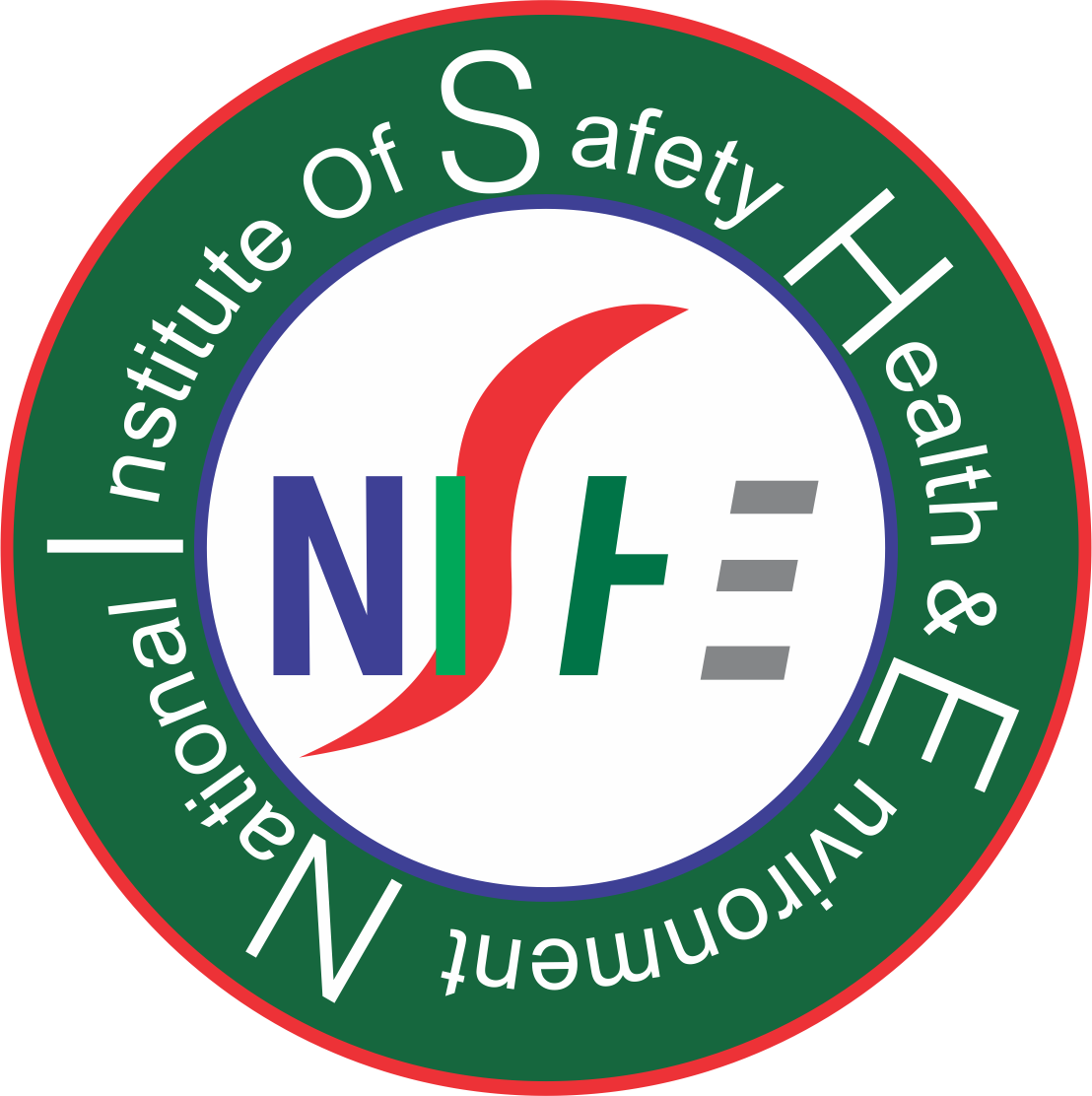A permit-to-work system is a management system that is supported by, and makes use of, permits-to-work (which are pieces of paper). Permits-to-work are formal documents specifying the work to be done, hazards, and the precautions to be taken.

Definition
A permit-to-work (PTW) system is a formal, documented safety procedure, forming part of a safe system of work, which ensures that all necessary actions are taken before, during and after particularly high-risk work.
The high-risk nature of the work is the key feature that these types of work have in common, which makes them subject to permit control. If the work is not carried out in precisely the right way then workers and others may be killed.
The aim of the permit system is to focus everybody’s attention on the high-risk nature of the work to ensure that:
The correct safety precautions are in place before, during and after the work.
All the people who need to know about the work do actually know about it.
Operation and Application
A permit-to-work system is a management system that is supported by, and makes use of, permits-to-work (which are pieces of paper). Permits-to-work are formal documents specifying the work to be done, hazards, and the precautions to be taken.
The permit provides a clear written record, signed by a responsible manager or supervisor, that all foreseeable hazards have been considered and all the necessary actions have been taken. It must be in the possession of the person in charge of the work before work can commence.
The sort of high-risk work that would normally be controlled by a permit system includes:
Hot work (involving naked flames or creation of ignition sources).
Work on high-voltage electrical systems.
Confined space entry.
Work on operational pipelines.
Excavating near buried services.
Maintenance work on large, complex machinery.
Work at height.
There are four main sections to a permit-to-work:
Issue.
Receipt.
Clearance/return to service.
Cancellation.
There may also be a section for Extension.
Who this course is for:
Work Permit Receiver
HSE Professional
Line Managers
Managers
Work force
and Interested individual & Parties
Vision:
Through the delivery of our outstanding quality of Education, Training, Services and Support, Out upmost desire is to protect people and environment at work by keeping them safe from harm and reduce worker’s compensation cost.
Mission:
Our mission is to continuously identify, assimilate , and deliver latest techniques in Safety Management . To be innovative in offering the latest training methodologies and other emerging technologies to stimulate “ Health and Life At work: A basic Human Right “
Who we are
NISHE:
National Institute of Safety Health and Environment an ISO 9001-2015 certified and well-established Industrial Safety organisation based in New Delhi, India. It is the institute of well-qualified and experienced safety professionals dedicated to providing world class education, training and consultancy services.
NISHE – a strategic planner with competency in devising significant solutions on Health, Safety & Environment, promote safety awareness and encourage to create accident free atmosphere in a simple, practical and realistic way through the latest technology adaptation.
What we do
Education
NISHE delivers the Diploma, PG Diploma and ADIS course on Health and Safety , Environment and Fire . These course are UGC approved
NISHE has a highly qualified and real time experienced team of Auditors conducting Fire & Safety Audit, Electrical and Energy Audit, HAZOP, Environmental Audit etc
© 2025 coursetakers.com All Rights Reserved. Terms and Conditions of use | Privacy Policy